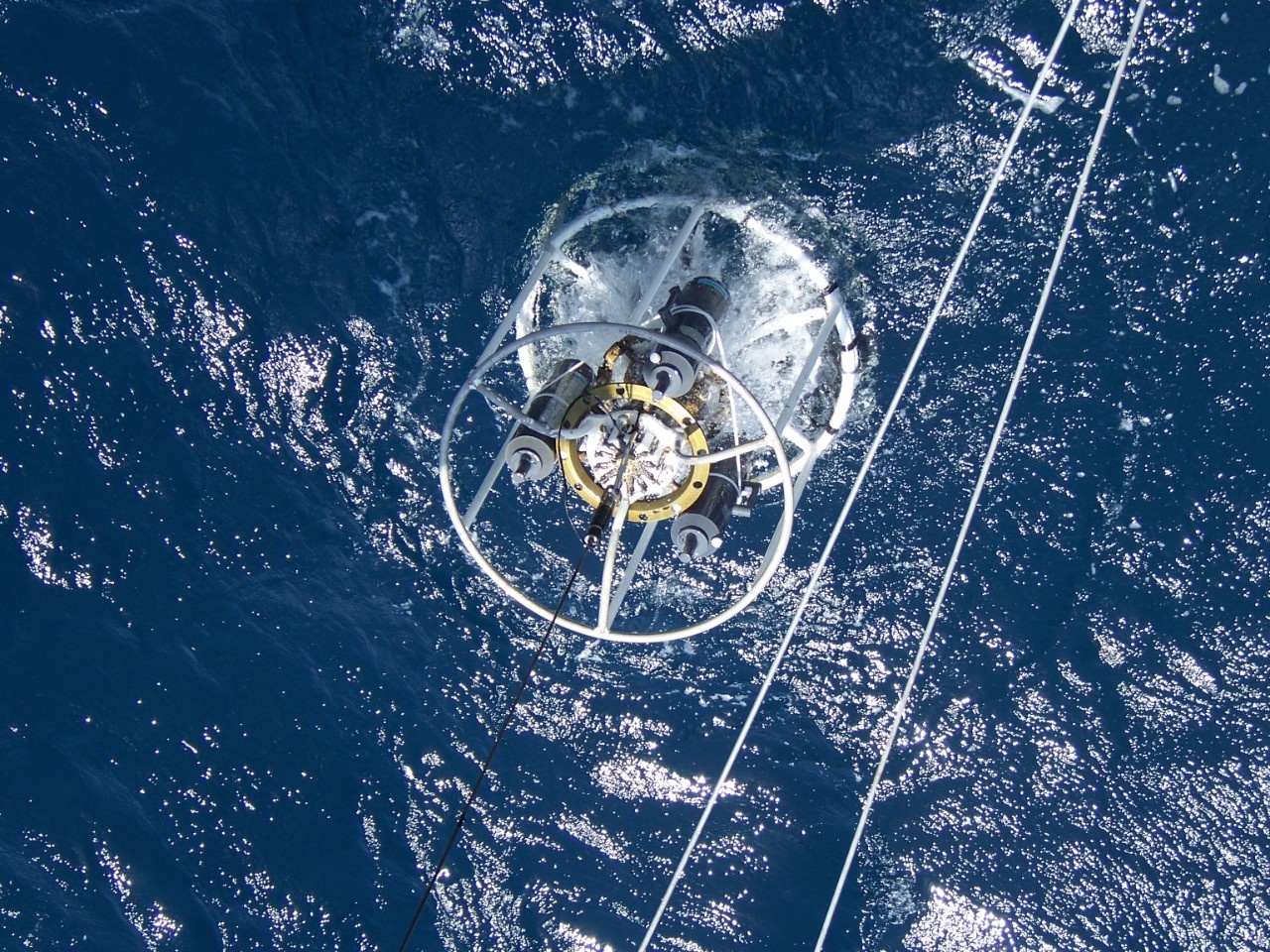The Ocean Microbiome
听
Although the microbiome originally referred to the microbial communities that populate the human body, the term has gained acceptance to describe the collections of microbes or the microbial communities that populate any environment. Examples of specific ocean microbiomes range from the bacterial community in a fish gut to spring bloom microbial communities composed of everything from phytoplankton or tiny unicellular algae, grazers, bacteria, down to the viruses that infect them. Well entrenched in the term microbiome is the implication that the whole is bigger than the sum of its parts, that is, the microbiome is a dynamic entity or a super-organism whose members depend on and affect each other. Members of these communities act in concert to transform, metabolize and recycle simple and complex molecules with feedback on ecosystem functions and services. Microbes make up 70-90% of the biomass in the ocean, yet only < 1% of ocean鈥檚 microbes can be brought into culture. This has prevented us to fully grasp their importance until very recently. The advent of genomics and next generation sequencing (NGS) techniques within the last 10 years has provided an unprecedented opportunity to harness the potential of ocean microbes. To a large extent genomics is the new lens through which we are seeing and discovering the nature and function of microbial communities. Each year since the advent of NGS, new taxonomic groups and novel biochemical pathways have been discovered in the ocean microbiome.
